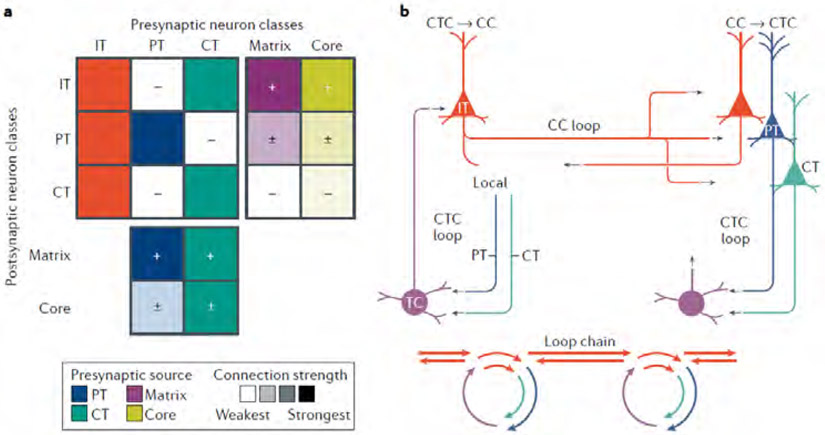Fig. 4 ∣. Cortico-thalamo-cortical loops are interconnected with local cortical circuits and corticocortical circuits, via hub-like intratelencephalic neurons.
a ∣ The connectivity matrix combines the ‘average’ matrix for cortico-thalamo-cortical (CTC) connections (from Fig. 2e) and a matrix representing local excitatory connections among IT, PT and CT neurons in the cortex. The local-circuit portion of the matrix is a qualitative interpretation of data from many studies, as reviewed in REFS37,105. As a population, IT neurons are the strongest recipients of both matrix-type and core-type TC input, and they send their excitatory output broadly to IT, PT and CT classes. Output connections of PT and CT neurons are formed more selectively but, unlike the IT neurons, they include the thalamus. b ∣ The IT neurons (red) are hub-like components of CTC loops, local circuits and corticocortical (CC) circuits, which are also commonly organized as recurrent loops. The IT-mediated linking of CTC and CC loops forms an extended ‘loop chain’, also depicted in a simplified cyclo-plot below.

